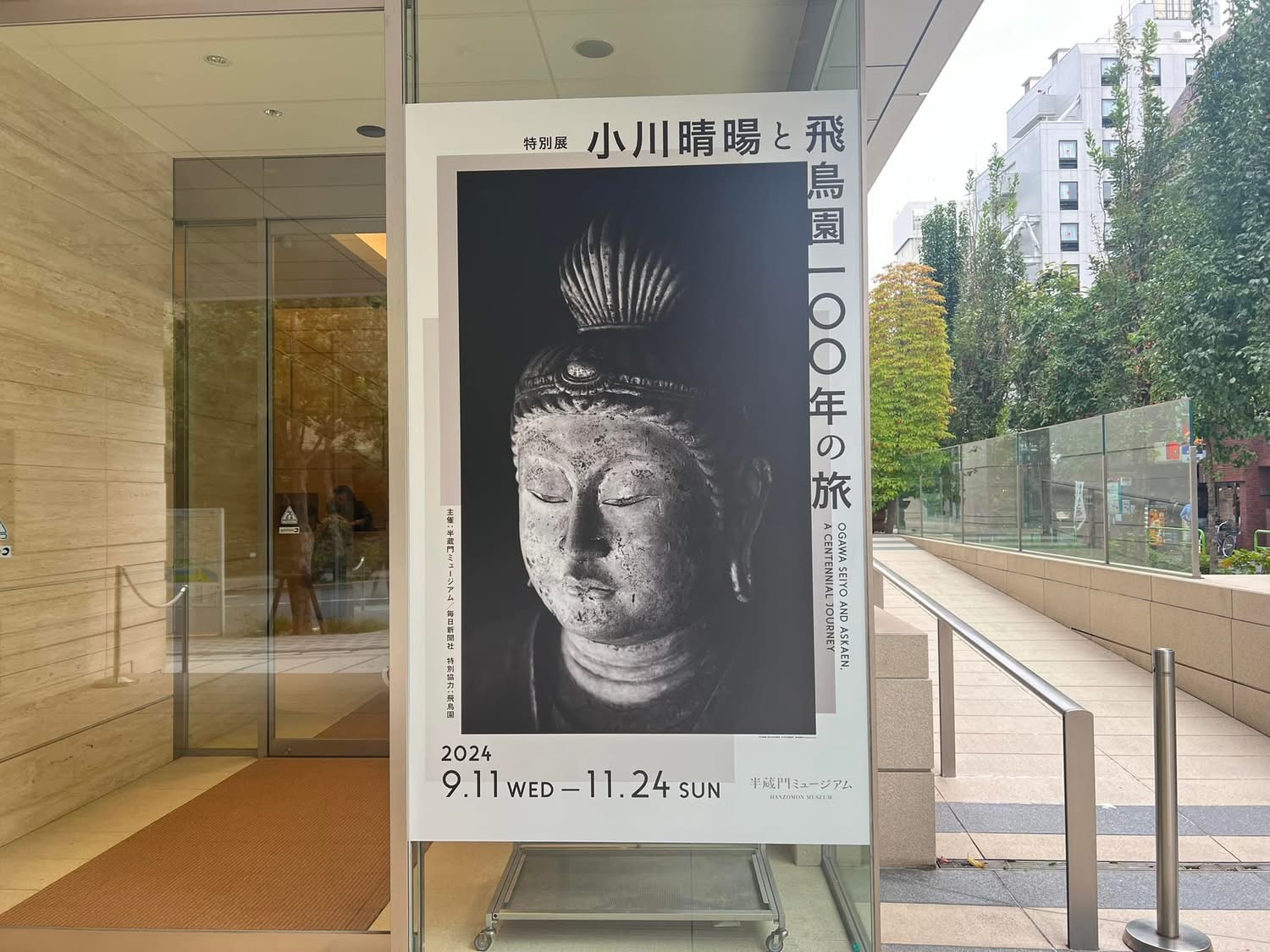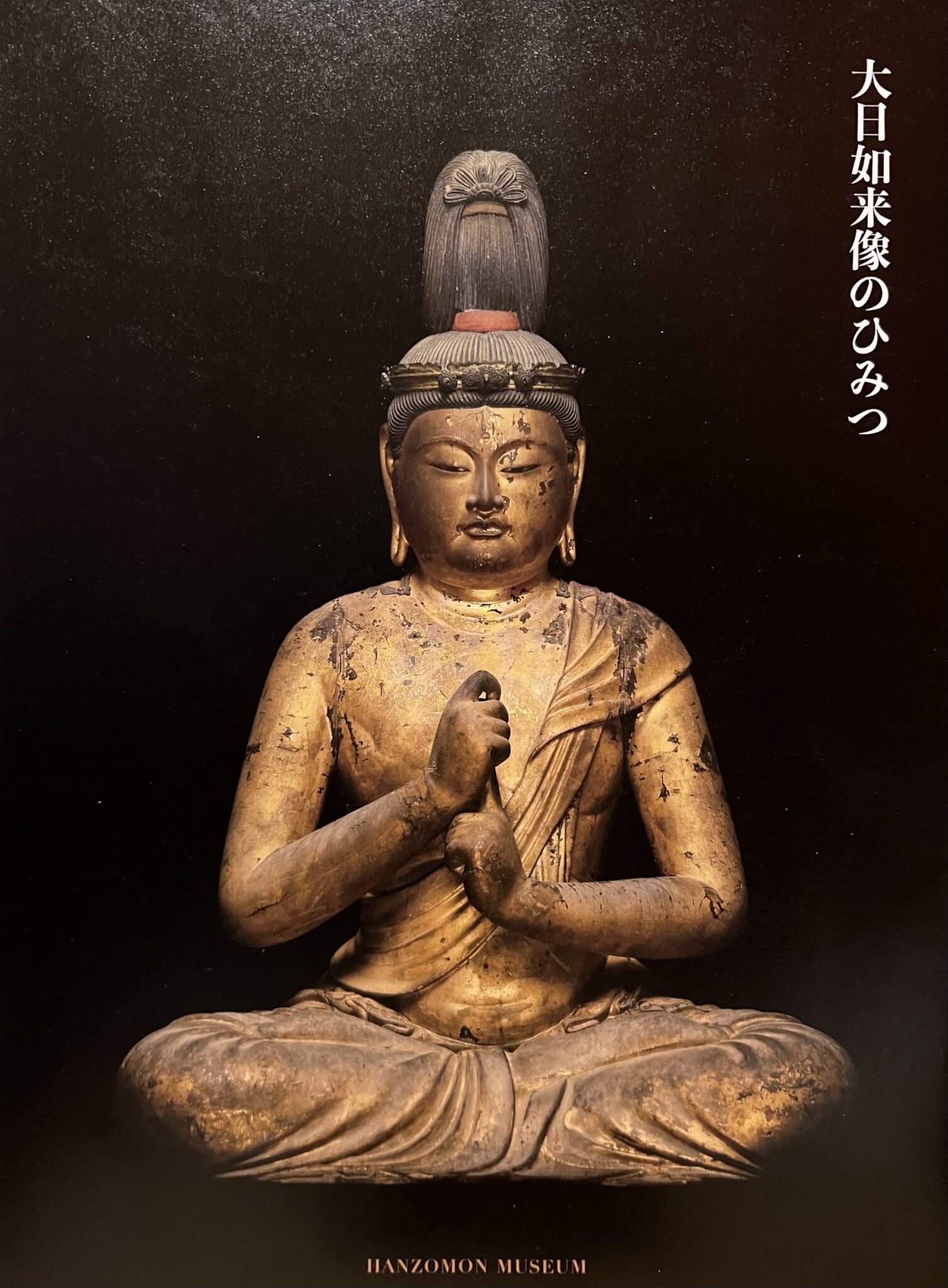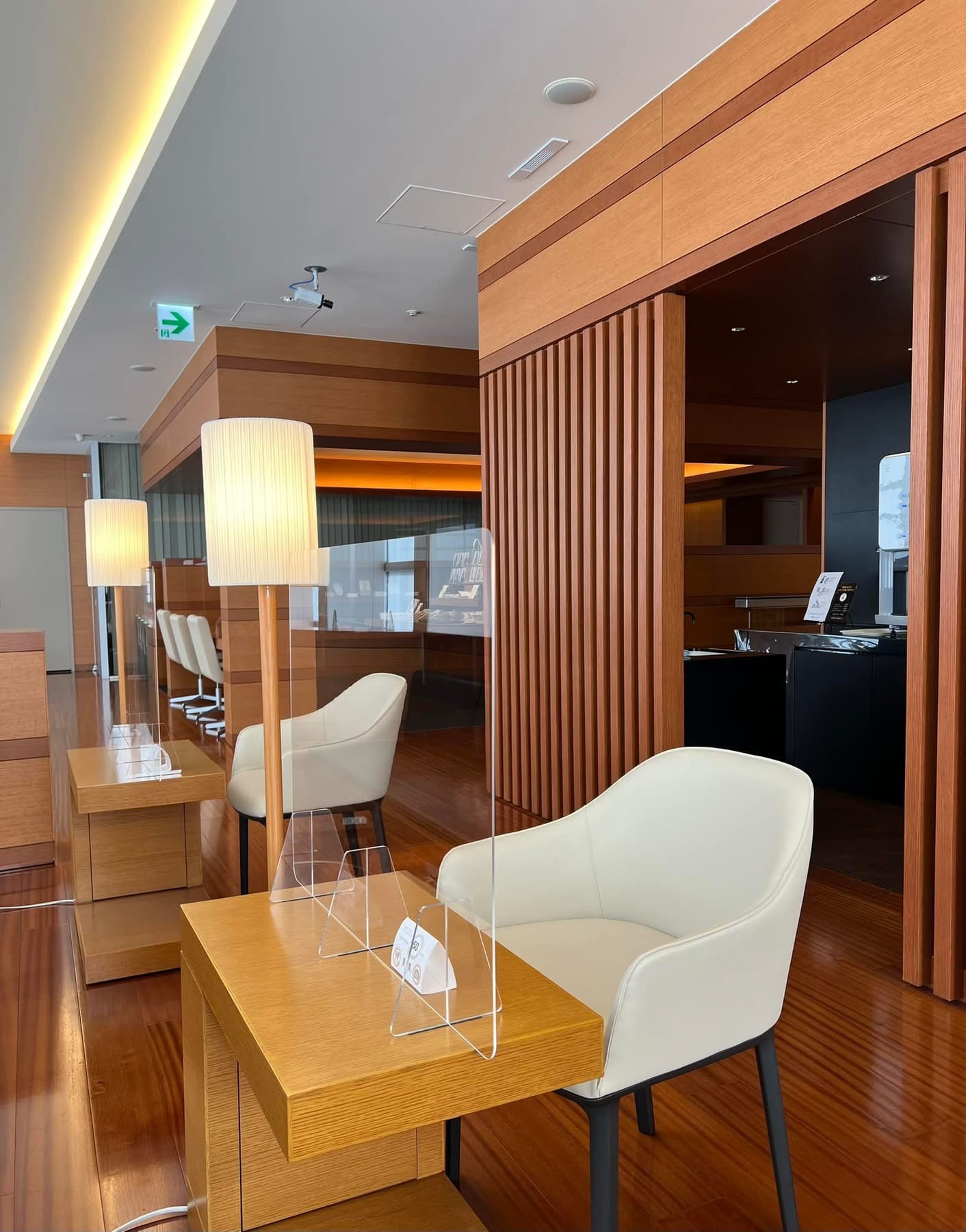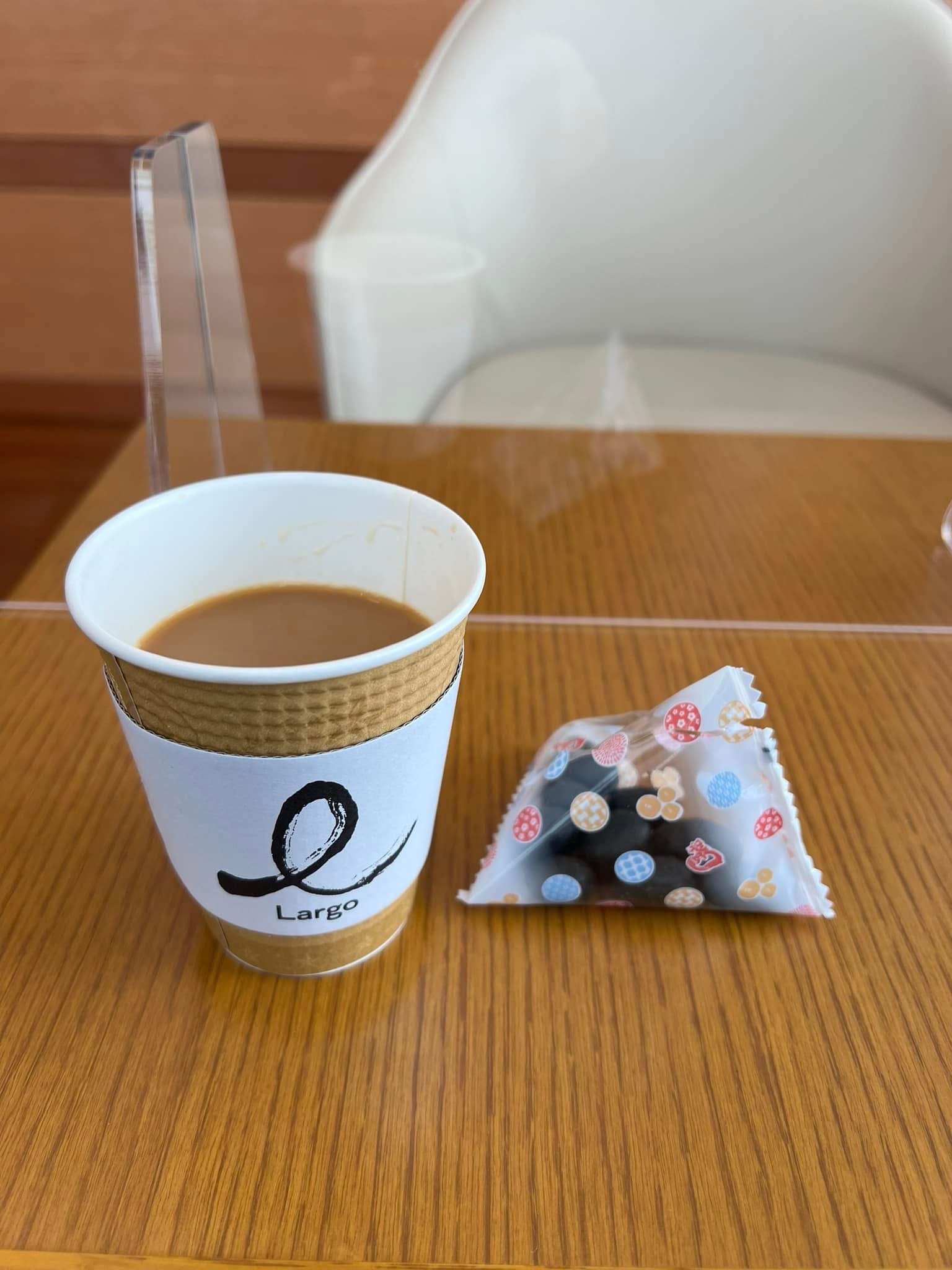I am an absolute amateur when it comes to Buddhist statues. I simply admire beauty when I see it, feel deeply moved by the presence imbued with the prayers of many people, and humbly join my hands in reverence. I don’t understand anything complicated. But I do wish to share their magnificence with as many people as possible.
This time, I’d like to write separate articles about each of the three beautiful seated statues of Dainichi Nyorai that, perhaps by some serendipity, have come into my life. These three statues are located at the Hanzomon Museum (Tokyo), Enjo-ji Temple on Ninnikusen (Nara), and Joruri-ji Temple (Kyoto). Each of these statues has been identified as the work of, or attributed to, Unkei or other sculptors of the Kei-ha school. I cannot help but feel that these three statues embody a consistent and profound aesthetic sensibility.
The first statue I’d like to feature in this article is the Dainichi Nyorai housed in the Hanzomon Museum, located in Hanzomon, Chiyoda Ward, Tokyo. I encountered this statue by chance many years before moving to Nara. The Hanzomon Museum is just a two-minute walk from my company’s office and is conveniently connected directly to Hanzomon Station.
Despite its small size, the museum is a modern and well-equipped facility. What’s truly surprising is that admission is free, thanks to the generosity of Shinnyo-en, the organization that operates the museum. They always feature fascinating exhibitions, and I often found myself glancing at their posters as I passed by. One day, on a whim, I decided to step inside and visit.

The staff at the Hanzomon Museum are incredibly kind, polite, and warm, making every visit feel comforting. When I visited for the first time and followed their guidance to take the elevator down to the basement exhibition room, I was met with an unexpectedly serene space—something you wouldn’t imagine existing in the middle of a bustling metropolis.
In the dimly lit corridor, lined with ancient Indian Buddhist sculptures and other artifacts, the divine figure of Dainichi Nyorai awaited at the far end of the pathway. Seated in a majestic pose, the statue was breathtakingly beautiful, whether viewed from afar or up close in detail. It was truly captivating. This Dainichi Nyorai, believed to be a masterpiece by the renowned Kamakura-era sculptor Unkei, may very well be the only place where one can admire such an extraordinary work for free.

In 2004, Buddhist statue researcher Dr. Tsutomu Yamamoto published a paper titled “A Newly Discovered Statue of Dainichi Nyorai and Unkei,” suggesting that this Dainichi Nyorai statue might be a work of Unkei. It has since been designated as an Important Cultural Property. X-ray imaging has revealed many items enshrined inside the statue, and replicas of these items are displayed alongside the statue in the museum, making for a fascinating exhibit. Everything on display was new to me.
Among these items, the most significant is the Shingachirin (Heart Moon Disk), which holds great importance. I later learned about its meaning during a lecture hosted by the museum, delivered by Professor Moritoshi Sasaki from Seisen University. However, explaining it here would take up the entire article, so I hope to summarize the lecture in a separate post.
I adore everything about this Dainichi Nyorai statue. I am always captivated by its beautiful hair and the finely carved strands, often losing track of time as I admire it. While it is imagined that the statue once wore a crown and numerous ornaments, which are now lost, it remains stunning in its current, unadorned state. Whether or not Unkei himself carved it feels secondary; just imagining the faith and devotion that a master sculptor must have poured into their craft, bringing the statue from their heart into this world, is enough to send me spiraling into a world of vivid imagination.

After paying homage to the Dainichi Nyorai and finding peace in its beauty, take the elevator up to the third floor. Here, you’ll find a serene café space and a compact museum shop filled with plenty of tempting items.
I’ve admittedly spent quite a bit at this museum shop over the years. I’ve bought books by Dr. Tsutomu Yamamoto and other past directors of the Hanzomon Museum, then grabbed a self-serve coffee for just 100 or 150 yen, and settled into one of the sofa seats to read my newly acquired treasures. They even include a small serving of bean snacks with the coffee—how generous of Shinnyo-en!
The soft lighting inside the building creates a warm and calming atmosphere, making this truly a blissful experience.

For these reasons, I wholeheartedly recommend the Hanzomon Museum to anyone who hasn’t had the chance to visit yet.

